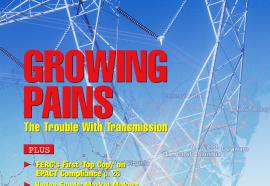Annual ROE Survey: Capitalizing On Grid Concerns
Regulators use rate cases to craft incentives for capital spending.
(November 2007) Fortnightly's annual rate-case analysis reveals a new trend at state PUCs involving return-on-equity rate allowances. Regulators increasingly are giving utilities an earnings incentive to pursue preferred investments.










